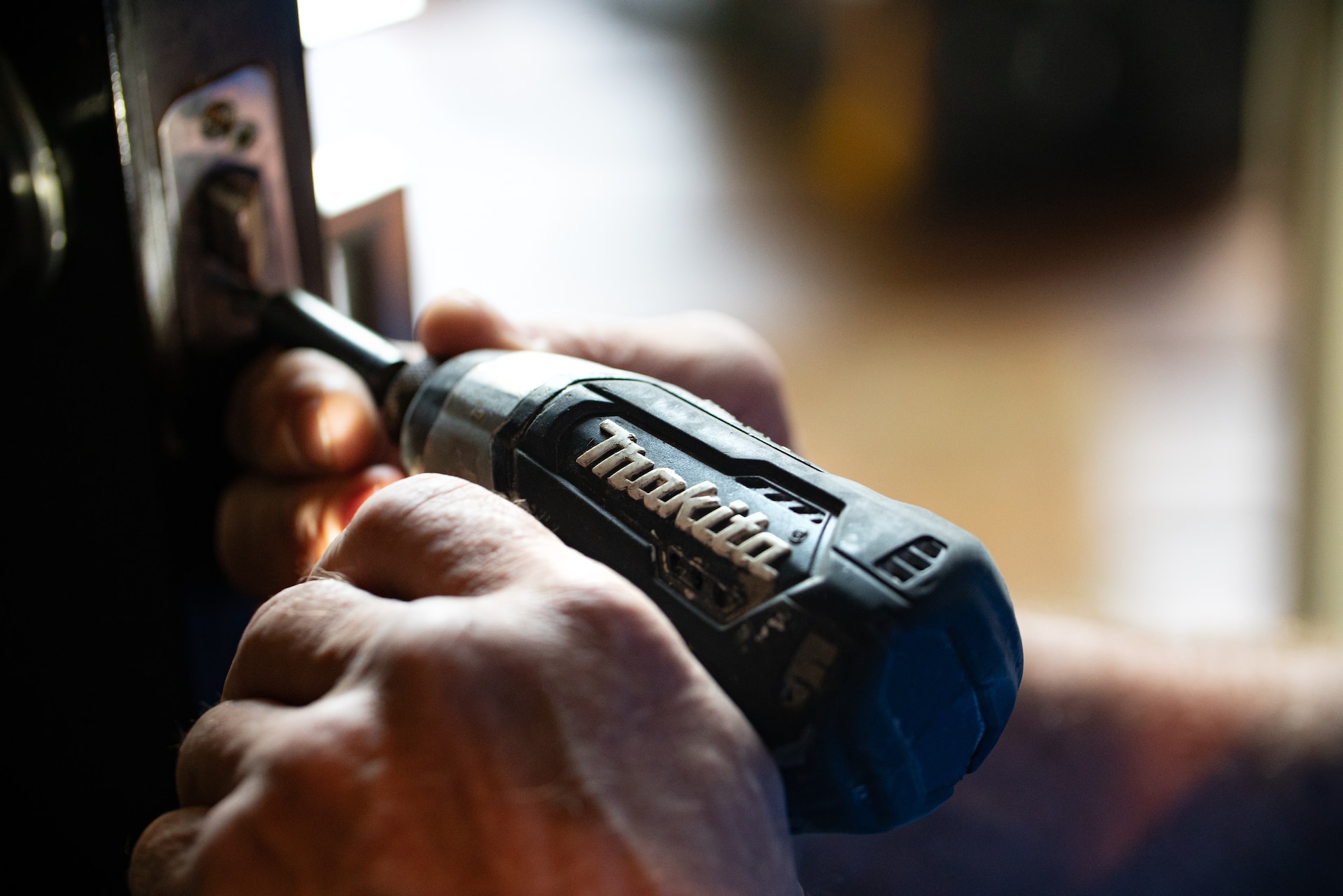Roofing Industry – Laceration Injuries
In the roofing industry, your clients may often use tools and materials like saws, nail guns, and drills. While these tools help them perform their work, they also put your roofing industry workers at an increased risk of lacerations.
Lacerations are injuries that occur when the skin is cut or torn. In roofing, lacerations are most often caused by tools and materials, especially nail guns, power drills, sheet metal, fiberglass, and utility knives. At roofing worksites, lacerations can also occur from hazards like broken or mishandled materials, like metal sheets or damaged roofs, as well as debris around the worksite. Lacerations can also be the result of slip-and-fall accidents, which can occur due to debris, wet conditions, or uneven areas.
When someone in the roofing industry suffers from a laceration due to risks like these, the results can range from very mild to life-threatening. While many lacerations heal with time and minimal first-aid, serious complications can occur. These include:
- Blood loss
- Permanent scarring
- Nerve damage
- Increased risk of bloodborne diseases
- Increased risk of infections like tetanus
In some accidents, like a slip-and-fall, lacerations may also accompany more serious injuries, including traumatic brain injuries (TBI), spinal cord injuries, or internal injuries.
Since the roofing industry comes with many unique risks, it’s important for your roofing industry clients to have the right Workers’ Compensation coverage to protect against laceration risks and other industry risks.
If your roofing clients struggle to find the right Workers’ Compensation coverage, we can help. At PEO Insurance Brokers Network, we know the unique challenges of the roofing industry and are ready to help your clients find the Workers’ Compensation coverage they need to navigate noise exposure and other common industry risks. We provide Workers’ Compensation coverage to businesses in need, no matter the risk, and will help you find the best PEO coverage and savings for your clients in roofing and other high-risk industries.
To learn how we can help you find coverage for your roofing industry and other high-risk industry clients, please reach out to receive a quote.


